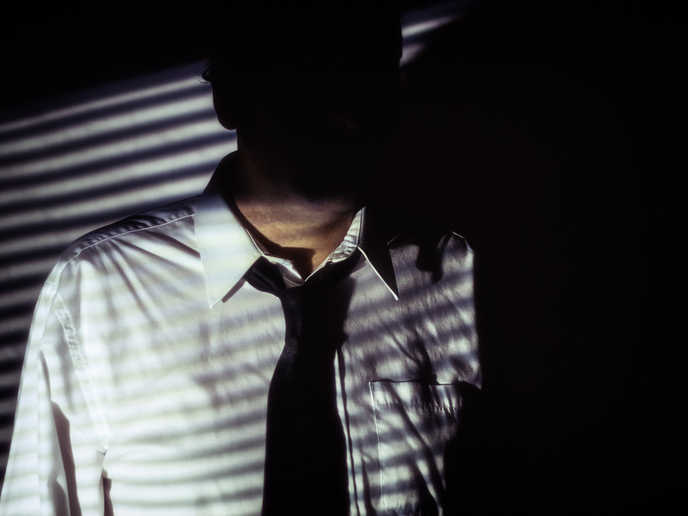Breaking down the barriers for VJ creativity at the gig
Before the birth of the EU-funded VisualMusic(opens in new window) project, compelling visual animation presentations during musical events in clubs, concert halls and other such venues, were restricted to large-scale events promoters, artists and mega-clubs. Users had to contract expensive video artists to create customised animation content. During the live event, an expert operator was needed to trigger the content as the music played. All these hurdles have been removed after the work of the company Brainstorm Multimedia with funding from the VisualMusic project. VJs and DJs real time in session VisualMusic found that VJs usually manage already rendered videos and then play them the same way disc jockeys (DJs) play music, synchronising selected pieces in turn and making them fit. Javier Montesa, R&D technical coordinator at Brainstorm Multimedia, sums up what the project means to live entertainment events: “Video doesn’t necessarily need to behave that way, graphics can be calculated in real time, and can be synchronised with the music automatically taking into account the beat, the bass, treble, spectrum and plenty of other audio parameters as the musical event is in session.” Brainstorm real-time graphics technology power transfer “We now have the VisualMusic player which allows 3D artists to create contents and VJs to prepare their own sessions based on these pieces,” explains Montesa enthusiastically. The system enables VJs to interact with LeapMotion touchless finger input, uses Kinect motion-sensing input devices and Roli lightpad Block to make music in the palm of the hand. TouchOSC supports sending and receiving Open Sound Control and Musical Instrument Digital Interface, or MIDI, messages over wifi to improve the performance while the music and graphics are playing. If there is no VJ, the system can provide music-synchronised graphic contents automatically. It behaves like a super screen saver and can even control DMX accessory effects such as smoke machines, lasers and lights, also synchronised with the song. For the ultimate in interaction, clubbers can download the VisualMusic app by pointing their smartphone at a QR code on a poster, their tickets or screens, and then provide their own input to the graphics just by shaking or orienting the device. Output to the audience via VisualMusic smartphone apps could be the spectrum of the music, or the background colour as the music evolves . Even group games can be played. When a bug brings unexpected benefits “Bugs, even if we expected them, were the unexpected challenge,” Montesa says ironically. The only way to address these issues was hard work, the user partners testing the tool every week, and the development team fixing all the encountered problems fast enough to provide new and more stable versions. “Fine-tuning tasks took three months more than expected, but produced a final result with which all of us are happy,” he states. Mass entertainment production of the future With the knowledge acquired in music clubs and the work done with DJs and VJs, the team already envisions other approaches and products that could be useful in the entertainment world. It’s clear there is a market for the VisualMusic system. Some VJs are interested in using the tool and two clubs in Ibiza have been in touch with the team. “Nevertheless, launching a product is not without risks and our commercial department is studying all the details in depth before we start commercialising VisualMusic,” Montesa concludes.





